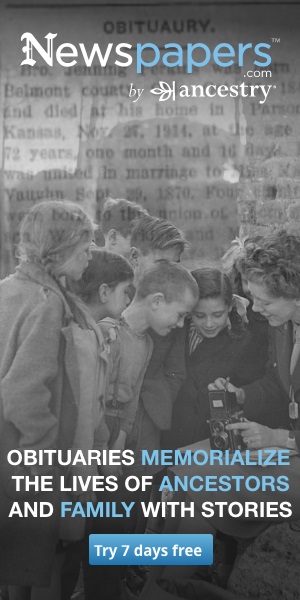U.S., Social Security Death Index, 1935-2014
Civil War Submarine General Connected to Ocmulgee Area
This article is compiled by Julian Williams.
Note: After the South's surrender in the Civil War, a famous Confederate general visited our area.
There were few generals with the charm, charisma and ability of Confederate General Pierre Gustave Toutant Beauregard (P.G.T. for short). Most of the time he used those attributes. Sometimes he didn't. At West Point he graduated second in his class and because he emulated the character and strategic methods of Napoleon he was known there as "The Little Napoleon." His prominent Louisiana family had its lineal roots in France and Wales. Enemies and admirers alike called him "The Grand Creole." He was a professional soldier and was privileged to be the first hero of the Civil War as he convinced his old artillery instructor, but now enemy, Major Robert Anderson of the Union army, to give up Fort Sumter. The major did so only after discovering that his former pupil had learned how to fire cannons with astonishing accuracy. At this stage of the game, it was a "a war of gentlemen." And mentioning games, guess who fired the first Union shot at Fort Sumter? The honor was accorded Captain Abner Doubleday, supposed creator of the game of baseball. However, this claim has since been seriously questioned. General Beauregard even allowed the surrendering major to salute the U.S. flag he was taking down by firing his cannons. Unfortunately, this was not a good thing to do as two of the major's men died from misfires.
Now, how in the world is General Beauregard connected to our part of the country? Well, first of all, he had a close working relationship with ex-Governor John Laurence Manning of South Carolina. John Laurence was the nephew of Laurence Manning who married Martha Ashley (they are buried in the old Paceville Cemetery on the south side of the Ocmulgee River). They were active citizens of Jacksonville, Georgia, Telfair County, but in 1854, most of that section was added to the new county of Coffee. Back to John Laurence Manning. At the outbreak of the war, he had already served a term as Governor of South Carolina and was ready for more action. So when General Beauregard came to Fort Sumter, South Carolina, Colonel John Laurence Manning became his personal aide-de-camp. Because of this Colonel Manning (ex-Governor Manning) and a few more prominent South Carolinians (including his brother-in-law, Wade Hampton - later to be the famous General Wade Hampton, cavalry leader) rode over to Fort Sumter in a boat (after the fireworks) to work out the terms of surrender. What happened next turned out sort of funny, but it had the potential of being deadly. One of the delegation, Colonel Roger Pryor, a former Congressman, decided he needed to drink something and did so from a dark bottle setting on the table. It happened to be iodide of potassium which is not very healthful taken in that manner. Abner Doubleday said that if the rebel wanted to kill himself they should not stand in the way but Dr. Crawford, Union surgeon, was a bit kinder. He said he was responsible for all the medicine in the infirmary and could not let Pryor take any away. Thus, he pumped out his stomach and all went well.
Another way General Beauregard is connected to our part of the country is that he used it for his escape at the end of the war. Confederate President Jefferson Davis took the wrong road out of Dublin and wound up captured at Irwinville. General Beauregard and his men headed toward Telfair and Coffee County and were able to escape. We find this account in Ward's History of Coffee County of one Coffee County citizen's recollection: "My mother remembered the thrill she felt on seeing the beautiful, sleek black horses, their shining harness, and the glittering uniforms of the general and his staff, their courtly manners, and the sorrows they expressed over the surrender."
But before General Beauregard came to our part of the country, he commanded the launching of the first submarine ever to sink an enemy ship. If you saw The Hunley on television recently, you know what I'm talking about. In 1864, General Beauregard returned to Charleston to protect its shores and cause as much discomfort as possible to Union ships in and around the harbor. After many mishaps and fatal accidents, including the loss of the life of its designer, Horace Hunley, Lt. George Dixon and his small crew of men submerged the submarine and headed out to place a mine ("torpedo" as it was called then) on the hull of the Union ship Housatonic. The Housatonic was sunk but the men of the Confederate submarine Hunley lost their lives, probably as a result of the tremendous explosion. Obviously, General Beauregard supervised this action from the shore and was able to tell about it later - perhaps way down in South Georgia - on his way back to New Orleans.
Note: If you are up Charleston way it is said one can see a full-size replica of the Hunley at the Charleston Museum.


